Surgical Management of Complex Multiligament Knee Injury: Case Report
- PMID: 39463917
- PMCID: PMC11512645
- DOI: 10.1155/2024/2594659
Surgical Management of Complex Multiligament Knee Injury: Case Report
Abstract
Multiligament knee injuries (MLKIs) frequently require immediate intervention to prevent severe complications, including vascular injury. We present the case of a 51-year-old male who sustained a traumatic right knee dislocation following a motor vehicle accident. The patient exhibited significant tibiofemoral dissociation with Grade 3 instability, classified as Schenck KD IV. Immediate reduction and external fixation were performed, followed by definitive surgical management, which included fibular sling, MPFL and MCL repair, and double-bundle and double-tunnel ACL and PCL reconstruction with looped proximal tibial fixation. The patient showed an excellent early postoperative outcome, with minimal edema, manageable moderate pain, and a full range of motion by the 30-day follow-up. This case underscores the effectiveness of combining fibular sling, MPFL, and MCL, with anatomical double-bundle ACL and PCL reconstruction in the treatment of complex MLKIs. The level of evidence is IV.
Keywords: anatomical reconstruction; double-bundle technique; knee stability; multiligament knee injury.
Copyright © 2024 Ramon Alonso Prieto Baeza et al.
Conflict of interest statement
The authors declare no conflicts of interest.
Figures







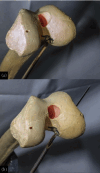


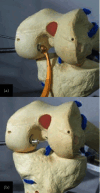
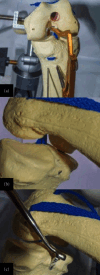
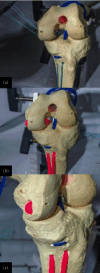


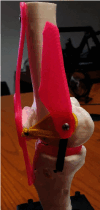


References
-
- Yasuma S., Nozaki M., Murase A., et al. Anterolateral ligament reconstruction as an augmented procedure for double-bundle anterior cruciate ligament reconstruction restores rotational stability: quantitative evaluation of the pivot shift test using an inertial sensor. The Knee . 2020;27(2):397–405. doi: 10.1016/j.knee.2020.02.015. - DOI - PubMed
-
- Berumen-Nafarrate E., Tonche-Ramos J., Carmona-González J., et al. Interpretation of the pivot test using accelerometers in the orthopedic practice. Acta Ortopédica Mexicana . 2015;29(3):176–181. - PubMed
Publication types
LinkOut - more resources
Full Text Sources

